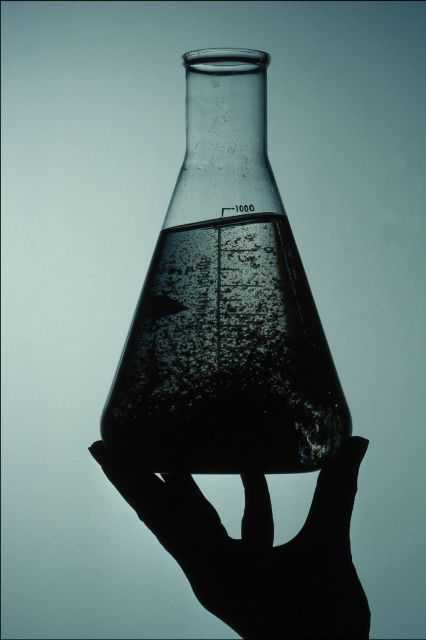
The other day on our Facebook page, a jaunter posted a picture of an “apparition” she “caught” (with her camera, of course, not her bare hands or some Ghostbusters-type contraption) at the La Fonda Hotel in New Mexico. It was intriguing, but an apparition? The skeptic in me wasn’t ready to go so far as to classify it as that.
However, photo analysis is not my forte. I re-shared it on our FB page asking others what they thought of the anomaly. My friend Jason from the New York Paranormal Society responded in part:
I think it’s good that you used “anomaly,” as that’s what it is, but these days, semantics can get confusing, and people see anomaly or paranormal and automatically think ghost.
On my walk this morning, I got to thinking about paranormal evidence. Isn’t it all –even EVPs– just anomalies and not evidence when you come right down to it? To argue my case, I’m going to present some definitions.
Here’s the definition of “anomaly” from Merriam-Webster online:
1: the angular distance of a planet from its perihelion as seen from the sun
2: deviation from the common rule : irregularity
3: something anomalous : something different, abnormal, peculiar, or not easily classified (This one in particular intrigues me.)
Now let’s look at the definition of evidence, again as obtained from Merriam-Webster online:
1 a: an outward sign : indication
b: something that furnishes proof : testimony; specifically : something legally submitted to a tribunal to ascertain the truth of a matter
2: one who bears witness; especially : one who voluntarily confesses a crime and testifies for the prosecution against his accomplices
Finally, last but not least, another crucial word we can’t ignore defining is “paranormal”:
: not scientifically explainable : supernatural
In order to be evidence, first something has to pass two other tests:
- It has to be able to be proven true.
- It has to be replicable, tangible, or able to stand on its own merit.
A picture with something unusual in it, taken at a place purported to be haunted, even if the something unusual looks like a person, is not evidence. It is an anomaly.
A recording of what sounds like a disembodied voice is called an EVP, but it is not evidence of a ghost’s voice. It is an anomaly.
An EMF detector or a K2 meter suddenly becoming active when it previously wasn’t is not evidence of a spirit’s presence. It is an anomaly.
Equipment skews results right from the get go. Does the equipment function properly at all times? What other factors influence it’s behavior? (Including operator error.)
Many will say a ghost caused the anomaly. Wrong. No one knows what caused it –if anything is even being caused. It could be paranormal by definition because it’s not scientifically explainable, but that’s all it is. NOT EXPLAINABLE. It is NOT evidence of a ghost. Just of an anomaly at that point in time.
Equipment of some type may very well one day help prove the paranormal as it’s currently come to be thought of (as being synonymous with “ghosts”), but as of right now cameras, voice recorders, meters, etc. are only gathering anomalies. No one can explain why the anomalies are occurring, nor can they replicate their occurrences consistently to call them evidence.
So, yes, investigators are capturing something “paranormal” in the allegedly haunted locales they visit. They’re capturing something not scientifically explainable. Not evidence of the paranormal. Only evidence of anomalies.
Courtney Mroch is a globe-trotting restless spirit who’s both possessed by wanderlust and the spirit of adventure, as well as obsessed with true crime, horror, the paranormal, and weird days. Perhaps it has something to do with her genes? She is related to occult royalty, after all. Marie Laveau, the famous Voodoo practitioner of New Orleans, is one of her ancestors. That could also explain her infatuation with skeletons.
Speaking of healing, to learn how she channeled her battle with cancer to conjure up this site, check out HJ’s Origin Story.

Thanks for clarifying. Whenever we watch Ghost Adventures they use terms that we didn’t understand.